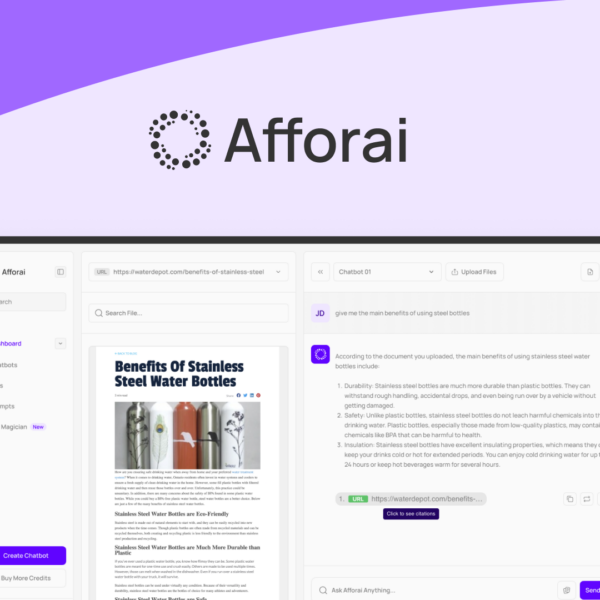In 2025, understanding software trends is crucial for businesses. Both SMBs and enterprises face unique challenges when selecting software, leading to regrets later. What drives their choices?
When it comes to software purchases, small and medium-sized businesses (SMBs) and large enterprises have different needs. However, some key factors influence their decisions.
Understanding Needs
Both SMBs and enterprises must identify their specific needs before selecting software. This usually means assessing current processes and pinpointing areas that require improvement. Choosing software that meets those exact needs is vital.
Cost Considerations
Budget is another huge factor. Many SMBs may have a tighter budget than larger companies. They often look for cost-effective solutions that still offer robust features. Enterprises, on the other hand, can invest more but will also expect more.
Scalability Matters
As businesses grow, their software needs change. This is where scalability comes in. Software should adapt to the business’s growth over time. Both SMBs and enterprises want to avoid switching software frequently.
User Experience
A user-friendly interface is essential. If the software is difficult to use, it can create frustration. Businesses want their teams to embrace the software comfortably and quickly.
Support and Training
Good customer support can make a difference. Many SMBs might not have big IT teams. They need responsive support when problems arise. Training also helps teams use the software effectively from day one.
Feedback and Reviews
Before buying software, many companies look for reviews and feedback from others. Hearing about other experiences can help in making an informed decision. Positive reviews can build trust.
In conclusion, understanding the factors influencing software purchases can lead to successful selections. Both SMBs and enterprises benefit from aligning their software choices with their specific needs and budget. It’s all about making smart choices for better operations.



